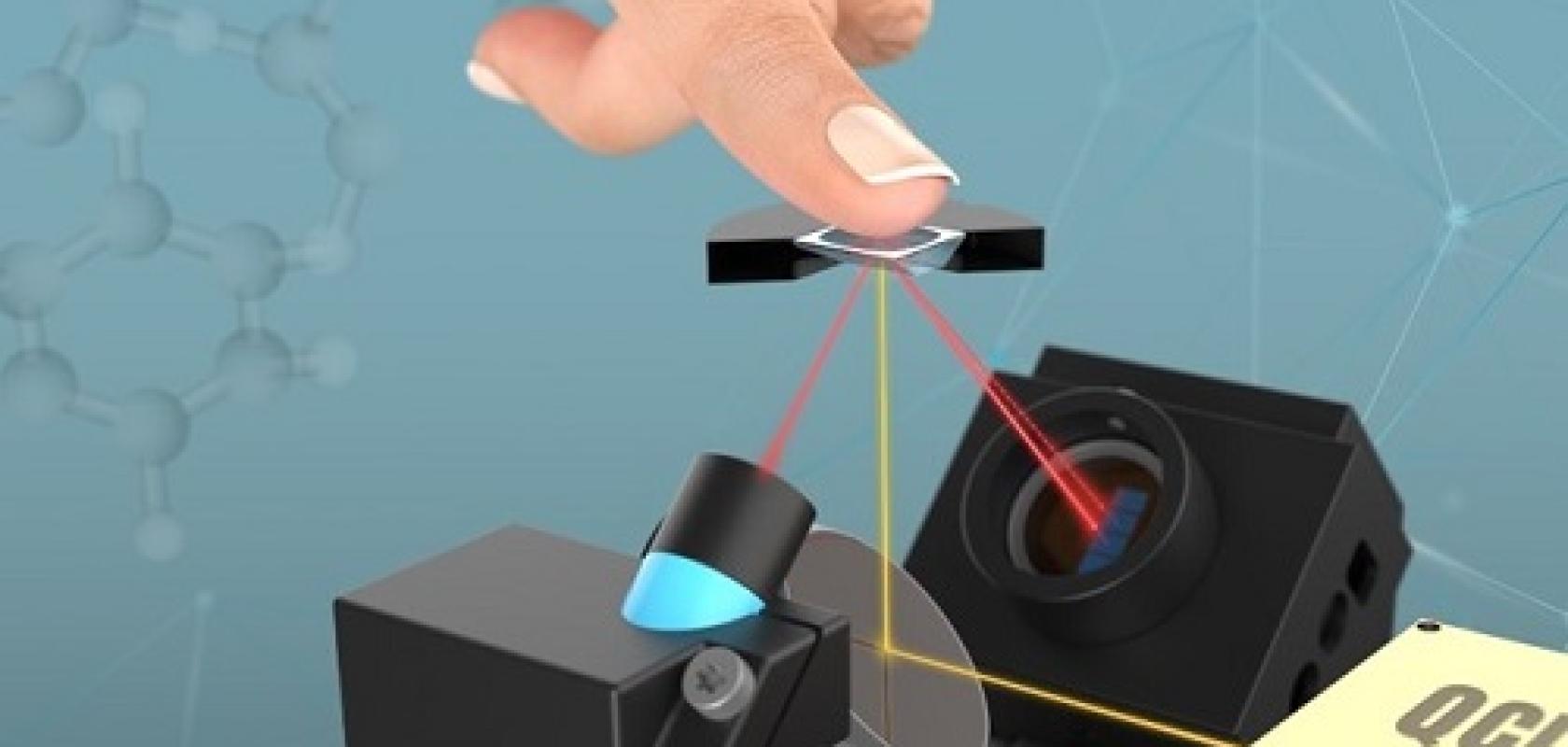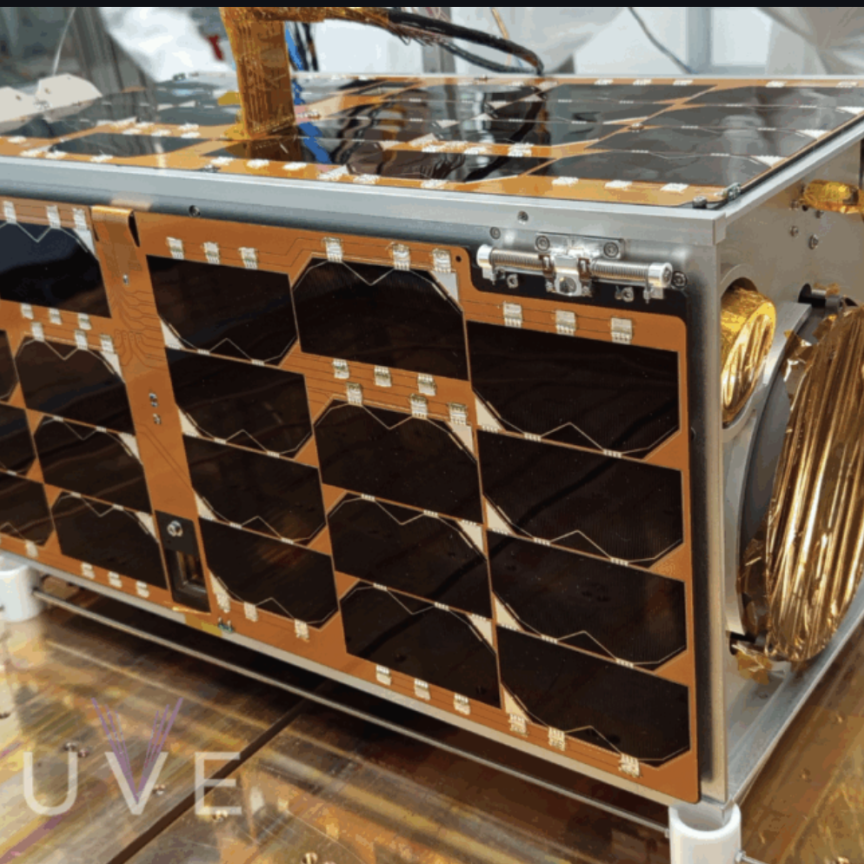Recent developments in mid-infrared (MIR) spectroscopy mean that more devices are coming to market for medical monitoring and diagnostics. The technology looks set to not only benefit clinical practices, but could also find its way onto consumer wearable devices.
While the big clinics are understandably cautious when it comes to new technology, the consumer market is pushing for novel wearable sensing to monitor an increasing range of biomarkers for health and fitness.
There are already many routine applications of spectroscopy in the visible and near-infrared part of the spectrum, but as Professor Dr Werner Mäntele, chief scientific officer at DiaMonTech, explained, it is spectroscopy in the midwave infrared (2.5µm to 15µm) that has many of the most exciting applications, but that until recently it had been hampered by the components.
‘The mid-infrared range is extremely attractive, because almost all molecules in body fluids, skin or tissue have characteristic marker bands due to their vibrational properties,’ Mäntele said. ‘This range has been neglected for decades, because spectroscopic methods were not sensitive enough, MIR sources did not give sufficient intensity, optics were too complicated, and detectors were insensitive.’
He continued: ‘Powerful and compact quantum cascade lasers have only recently been developed for the MIR, and we have learnt that you can use them as very strong, even tuneable, infrared sources emitting abundant amounts of photons - spectroscopy became a lot easier, more precise, more sensitive.’
DiaMonTech, a medical technology company based in Germany, has applied MIR lasers for non-invasive glucose measurement. The firm joins an increasing number of research groups, start-ups and smaller companies working on medical devices making use of MIR spectroscopy.
Non-invasive glucose measurement means those with diabetes don’t have to prick their finger multiple times a day. In addition, as DiaMonTech is developing both portable and wearable devices, there is the opportunity for more regular or even continuous monitoring of glucose, with data logging and alarm functions.
Laboratory diagnostics will also benefit from advances in MIR spectroscopy, as Mäntele explained: ‘Most laboratory diagnostics rely on reagents, meaning that blood - or any other medically relevant body fluid - is mixed with the reagent leading to a change in colour or turbidity that can be analysed by spectroscopic or electrochemical methods. Reagents vary from lot to lot, and necessitate frequent calibration procedures, especially in the case of biochemical or enzymatic reagents. In a normal clinical lab, where hundreds or thousands of samples are analysed per day, two or three calibrations per day are performed to cope with variations in the reagents. Optical or spectroscopic methods that directly measure the constituents of the body fluid only need one initial factory calibration, making it cheaper, faster, and potentially a point-of-care or bedside method.’
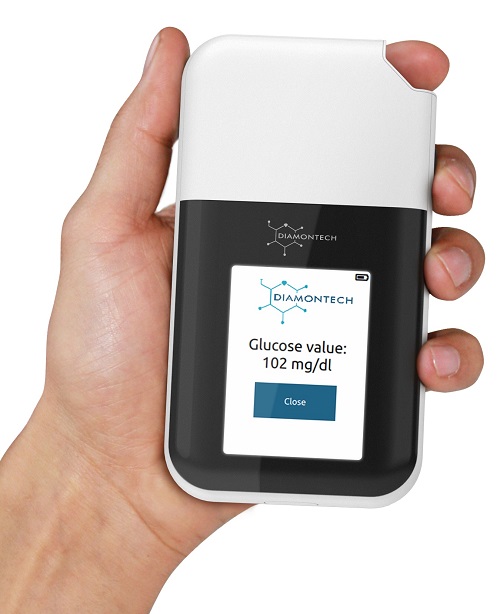
DiaMonTech’s prototype, D-Pocket, with a quantum cascade laser chip, expected to be complete by Q3 2022. Credit: DiaMonTech
He added: ‘It also needs much smaller sample quantities. A full lab analysis of blood requires about 20-30ml of venous blood. If this is done on an ICU several times a day, the blood loss of a patient becomes significant. Right now it needs a nurse to prick your vein, it needs needles, tubes and so on; it's like a cubic metre of waste in a big clinic per day, and that's potentially toxic waste because of the diseases that people have.
‘The other point right now, is the time it takes. If they send a blood sample to a lab which takes a day or so, analysis takes half a day, and the way back takes another day. In some cases there's a delay of three to four days, and that is critical for therapy. If you could get the parameters right on site, instantaneously, then the onset of therapy could be earlier and you could prevent a lot of complications.’
DiaMonTech has developed an MIR spectroscopy technique able to determine 8 to 12 relevant blood parameters at clinical precision from a single drop of blood. ‘No venous access is necessary,’ Mäntele said, ‘only a small prick in the finger that does not require nurses or doctors. It could even be done at home.’
The need and potential for more telemedicine has particularly come to the fore during the pandemic, when lockdowns were imposed and access to non-essential services were restricted. How much easier would it have been if certain tests could have been carried out remotely?
Of course telemedicine doesn’t require a global pandemic to be useful. Even under less extreme conditions there are advantages of cost and convenience from being able to have tests from your own home, rather than requiring trips to the doctors, and the ability for more regular analysis would allow irregularities to be spotted sooner.
While the notion of a shoe-box sized system for MIR spectroscopy of blood samples in your own home may seem a long way off for most of us, it seems likely that MIR spectroscopy will nonetheless be entering our lives in the near future. The most likely route for entry is the increasingly sophisticated wearables market.
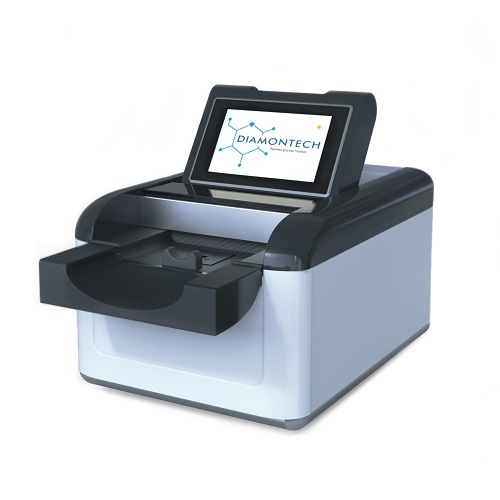
D-Base 2.0 from DiaMonTech was built in a small series for clinical testing and validation. Credit: DiaMonTech
Mäntele said: ‘We have been asked by many companies to develop a variable sensor, and the first one will be for blood glucose without being specifically for diabetic patients.’ He made the point that wearable devices can measure blood pressure, pulse rate, oxygen saturation, and that blood glucose is another variable that can be added.
DiaMonTech is collaborating with players in the wearable field to bring its technology to the wrist of end consumers.
As the adoption of wearables has shown, there is a large and growing consumer market, which is only likely to increase as more people are tempted by the prospect of monitoring health indicators, driven by competition among the big technology firms to get this technology to market. In 2021 Rockley Photonics used their photonics chip to create what they described as a ‘clinic on the wrist’, for the detection of a wide selection of biomarkers, and it can only be a matter of time before similar technology is integrated into consumer devices.
That the medical community is cautious when adopting new technology is understandable. For years it has seemed as though non-invasive glucose monitoring could be just around the corner for diabetics, while the recent fall from grace of Theranos and its CEO Elizabeth Holmes will undoubtedly be at the forefront of people’s minds when faced with claims about what can be achieved with small amounts of blood, or indeed no blood at all, at home. The consumer market, however, provides a way for companies to overcome the potential hesitancy of the medical community. Once the consumer can non-invasively measure biomarkers on their watches to clinical levels of accuracy, they will rightly ask why they are having to have quantities of blood taken for the same tests at a doctor’s surgery.
Are these sneakers real or fake?
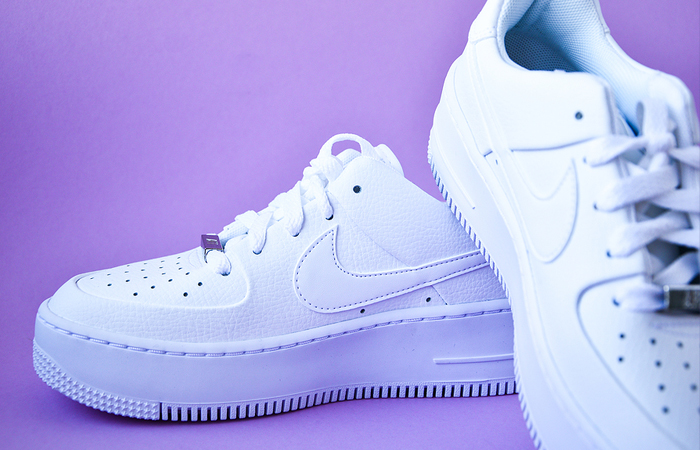
Counterfeit goods cost businesses and consumers billions of dollars annually, with knock-offs increasingly difficult to identify. Derek Guenther of Ocean Insight advises how spectroscopy can authenticate products by identifying embedded markers and substandard materials
Counterfeiters often use many of the same materials as major consumer goods manufacturers. In at least some cases, they also use workers familiar with the assembly and construction techniques upon which major manufacturers rely.
This makes it challenging to spot the fakes, especially upon visual inspection alone. To help separate branded products from reproductions, manufacturers are using optical authentication techniques such as NIR reflection spectroscopy.
In one recent example, Ocean Insight used an NIR spectrometer and simple spectral data processing techniques to help a product authentication company detect inferior-grade materials in a well-known brand of $100-plus sneakers (tennis shoes, gym shoes or trainers, if you prefer).
Experimental set-up
We configured a spectral system designed to quickly and easily scan different parts of the shoe, providing a statistically significant indication of whether a particular sample is real or counterfeit. Here’s what we used:
A 400 µm reflection probe (QR400-7-VIS-NIR) was connected to a NIRQuest +2.5 spectrometer (900-2500nm) and high-power tungsten halogen light source (HL2000-HP). OceanView software was configured in reflection mode using a WS-1 white reflection standard to establish 100 per cent reflection across the spectrum.
Various areas of each of the six shoe samples (a combination of authentic and counterfeit sneakers) were observed with the reflection probe; the resulting spectra were saved for analysis. We measured the rubber soles, leather exterior, tongue exterior, interior fabric and also the laces, though these are independent of the shoe assembly (unsurprisingly, the laces had nearly identical spectral features).
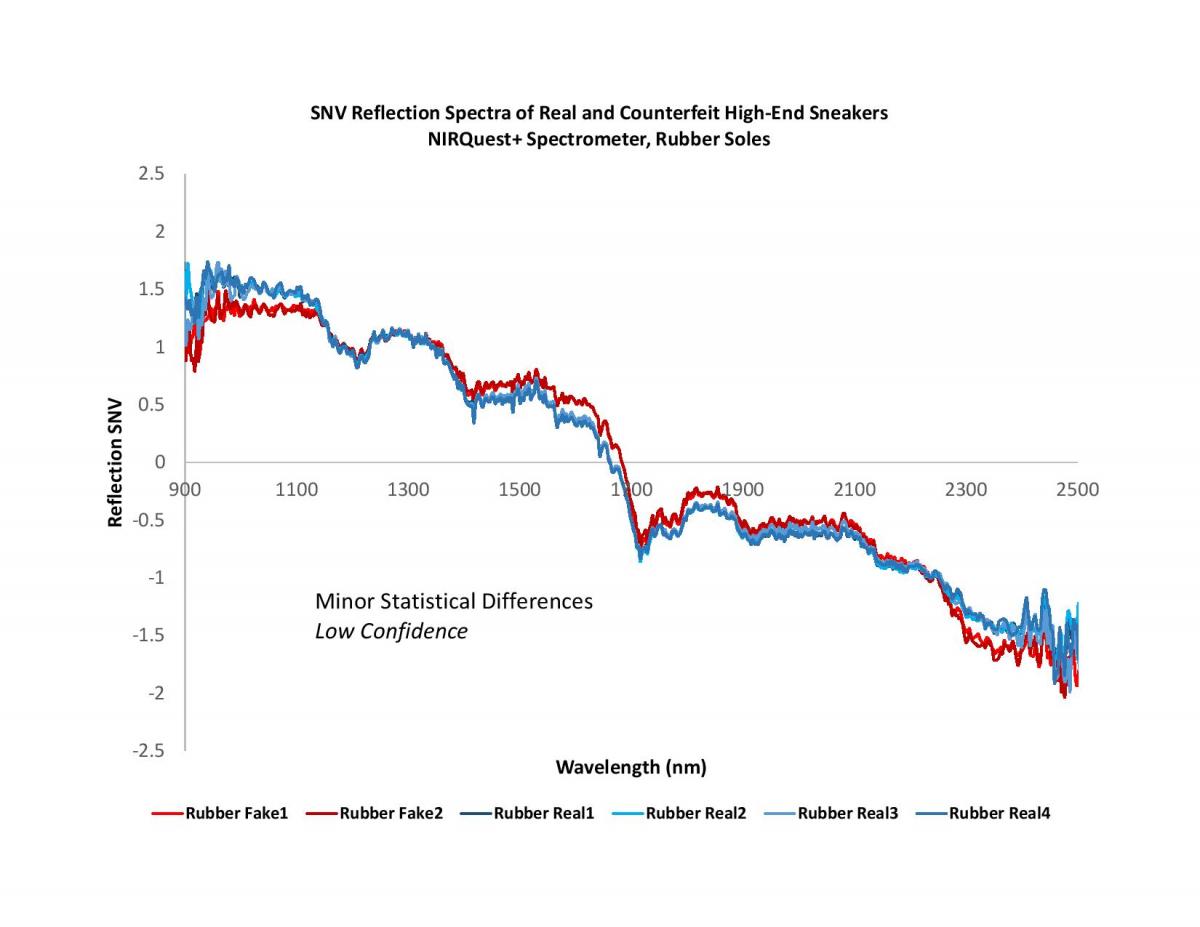
Figure 1: Spectral differences among the soles of footwear samples were not dramatic enough to distinguish the real sneakers from the fake
Results
Although there was clear differentiation among the sneakers samples, the most dramatic differences were largely limited to one part of the sneaker. Although we detected some differences in spectral features among rubber sole samples, there wasn’t enough variation to yield high confidence in identifying counterfeits (Figure 1). Indeed, the materials seemed to have near-identical spectral profiles, with slight offsets most likely due to changes in surface quality or similar optical effects.
Similarly, the white leather and tongue exterior material measured was nearly identical for all the samples.
Interior fabric For at least this set of samples of high-end sneakers, the interior fabric (blue, in this case) was the key to differentiating between authentic and counterfeit shoes. Indeed, there were multiple regions of clear spectral differences that could easily be used to trigger a decision output (Figure 2) on authenticity. Our method of optical scanning for the interior fabric required <1 second acquisition time.
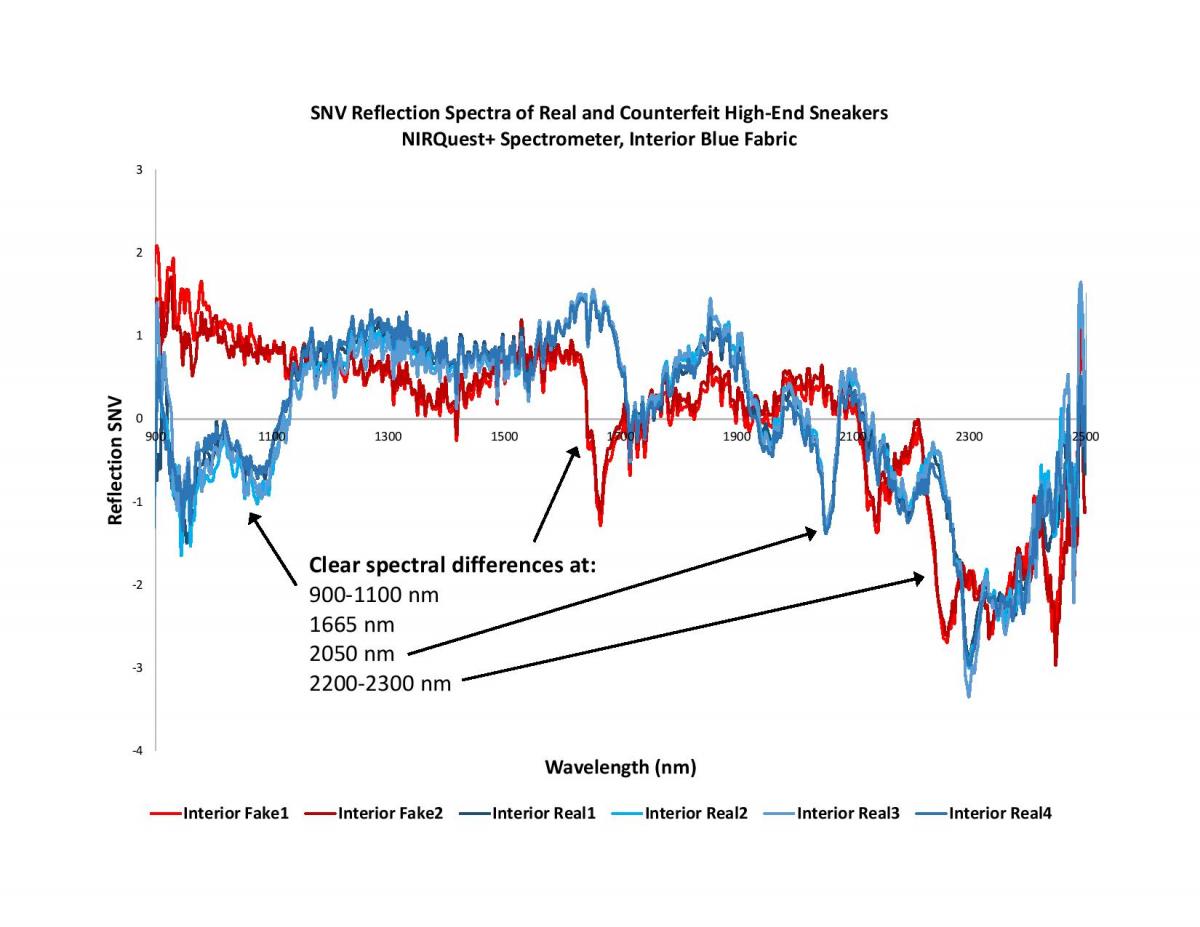
Figure 2: Clear spectral differences among samples were observed in the interior fabrics
Spectroscopy as an anti-counterfeiting tool
Those on the front lines responsible for identifying and authenticating the nature of goods and materials need robust equipment based on sound science. Compact spectroscopy systems fill that role well on many levels; spectral fingerprinting techniques can be used to identify sample origin and quantify mixtures, while far more optically sophisticated tags and markers can be integrated into goods for anti-counterfeiting. The Figure 1: Spectral differences among the soles of footwear samples were not dramatic enough to distinguish the real sneakers from the fake power of spectroscopy exceeds that of our senses, probing the very nature of materials. Like a high-definition image, it exposes every flaw in the intended artifice. Whether you are in the lab or in the field, Ocean Insight has the experience to help you create an optical solution for your authentication needs.
Conclusion
This initial study confirmed the use of NIR reflection spectroscopy to differentiate between real and counterfeit shoe samples with a high level of confidence, using multiple active spectral bands. This could be investigated further with lower-cost NIR platforms to create comparative performance profiles; it could also be expanded to other shoe (or product) samples to confirm NIR reflection as an acceptable technique.
Counterfeiting affects everyone, whether it’s the dire health consequences of adulterated baby formula or the frightening prospects of forged currency propelling organised crime and terrorist cabals.
Fake footwear may not be nearly as consequential, but it still devalues brands and increases prices for consumers. Anti-counterfeiting technologies like spectroscopy can help to protect legitimate businesses and unsuspecting consumers from fraud.
Derek Guenther is senior application scientist at Ocean Insight
Further information www.oceaninsight.com

